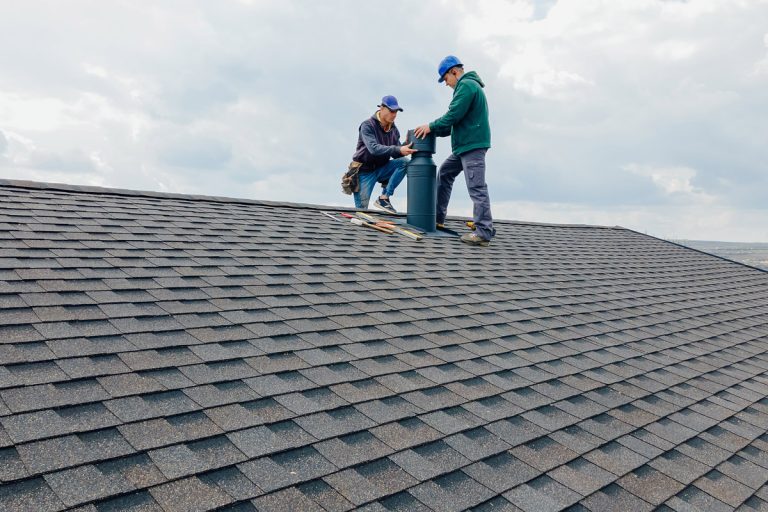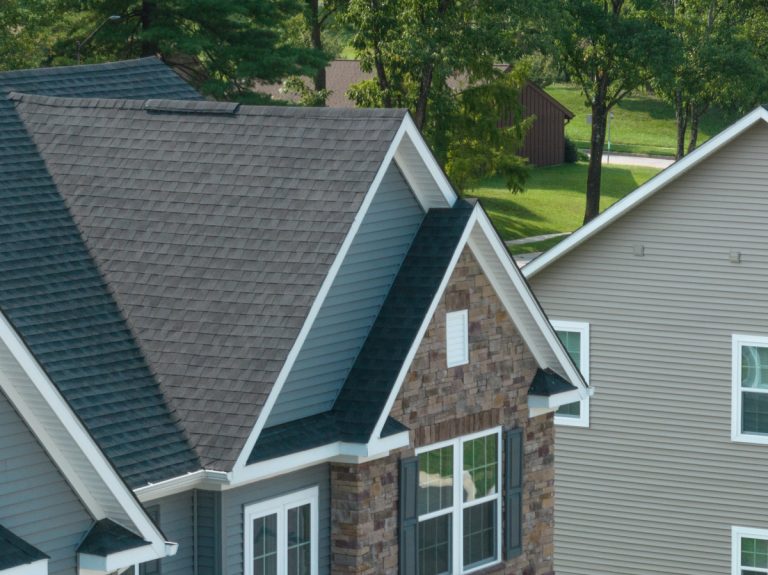Coastal living comes with a myriad of perks — breathtaking views, a certain tranquility, and a lifestyle that often feels inseparable from the ebb and flow of the ocean. Yet, with these benefits, coastal residents also take on the challenge of environments that are particularly harsh on their homes. Nowhere is this more evident than in the design and maintenance of roofs, as homes in coastal climates are subjected to the corrosive power of salty air and the relentless grip of high winds.
Understanding how to adapt your home’s roofing to these coastal conditions is crucial. It’s not just about protection; it’s an investment in the longevity and value of your property. This blog post is tailored for homeowners who cherish coastal living and seek to fortify their homes against the elements. Here, we explore the unique considerations of roofing in coastal settings, providing insights and strategies to ensure a durable, secure, and enduring home overhead.
The Battle Against Corrosion: Coastal Roofing Materials
When it comes to coastal roofing, the first and possibly most significant battle is fought against corrosion. Saltwater air, known for its corrosive effect on metals, can significantly shorten the life of conventional roofing materials. This is not a minor concern; it’s a fundamental consideration that should guide your roofing material selection.
The State of Your Shingles
Traditional asphalt shingles, commonly utilized in roofing, are vulnerable to the ravages of coastal air. They can quickly become brittle and deteriorate, compromising their ability to protect your home from the elements. Shingles with a higher resistance to corrosion, such as those with a metal or copper content, offer a more durable alternative.
Metal Magic: Aluminum and Stainless Steel
For coastal roofing, metal often emerges as the hero. Aluminum and stainless steel are corrosion-resistant champions, standing firm against salt’s onslaught. They offer the distinct advantage of a long lifespan, sometimes outlasting other traditional materials by decades. Furthermore, their reflective surface can also help mitigate the heat gain associated with direct sunlight, a welcome feature in warmer coastal climates.
The Stonework Solution: Slate and Tile
Natural stone materials like slate and clay tiles may be costlier, but their elegant appearance and formidable resistance to salt make them an excellent choice for homeowners seeking a long-term, durable roofing solution. Both materials are lauded for their ability to withstand harsh coastal weather without succumbing to corrosion.
Weathering the Storm: Wind Uplift on Coastal Roofs
Coastal homes face an additional adversary: the relentless barrage of high winds. The design and installation of a coastal roof must account for this environmental challenge, ensuring that it remains firmly in place through any storm.
Strengthening Your Structure
One of the foundational aspects of coastal roofing is the structural support. Roof trusses and decking must be robust enough to support the materials and withstand the upward force of wind uplift. Additional bracing techniques, such as hurricane ties and uplift clips, can be installed to bolster the roof’s resistance against high winds.
Seam Solutions: Adhesive and Fastening
Seams and joints in a roofing system are typically the weakest points, especially during high winds. In coastal regions, the use of durable adhesives and wind-resistant fastening methods, such as stainless steel screws or ring-shank nails, can help ensure the integrity of the entire roofing system.
The Right Pitch and Profile
The pitch of your roof plays a crucial role in wind resistance, with steeper pitches often offering better performance in high-wind situations. Metal roofs, with their interlocking designs and low profiles, also provide superior wind resistance when properly installed, making them a strong contender for coastal homes.
Proactive Protection: Maintenance Strategies for Your Coastal Roof
Maintaining your coastal roof is not only about keeping up appearances; it’s a proactive approach to staving off the cumulative effects of the coastal climate.
Inspection Intervals
Regular inspections, at least twice a year, are vital for detecting any signs of wear or damage. Issues such as loose or missing shingles, rust spots on metal roofs, or cracked tiles should be addressed promptly to prevent more extensive damage.
Cleaning Considerations
Coastal roofs frequently accumulate salt spray, which can corrode materials over time. Regular cleaning with fresh water can help remove these deposits and reduce their impact on your roof’s longevity. It’s important to consult with professionals to ensure the proper cleaning methods, as harsh cleaning products can do more harm than good.
Professional Partnerships
Establishing a relationship with a reputable roofing professional can provide you with the expertise and support necessary to maintain your coastal roof. These professionals can conduct thorough inspections, recommend appropriate maintenance, and handle necessary repairs with the skills and knowledge specific to coastal conditions.
Balancing the Budget: Understanding the Costs of Coastal Roofing
Investing in coastal-appropriate roofing materials and maintenance is an investment in your home’s future. While the upfront costs may be higher than with standard materials, the long-term benefits are considerable.
Initial Investment
The initial cost of coastal-resilient roofing materials and installation will likely be higher due to the premium quality and specialized construction needed to withstand the climate. However, these materials often come with longer warranties, potentially saving you money on roof replacements and repairs down the line.
Longevity and Life Cycle Costs
When calculating the true cost of coastal roofing, it’s essential to factor in the extended lifespan of durable materials. While costlier initially, these materials can provide a significantly longer life cycle, making them a more cost-effective choice over time.
Insurance and Resale Value
Choosing roofing materials that can endure the coastal climate can also have a positive impact on your home’s resale value. Insurance companies may also offer lower premiums for homes with wind- and corrosion-resistant roofing, offsetting some of the initial cost.
Case Studies: Success Stories of Coastal Roofing
Nothing speaks for the success of a strategy like real-world application. We present two case studies as exemplars of how the right approach to coastal roofing can have lasting, beneficial effects for homeowners.
The Aluminum Revolution
In a coastal community prone to hurricanes, a homeowner opted for an aluminum standing seam roof. While the initial investment was substantial, the roof has withstood multiple storms, leaving the homeowner with nothing but praise for both the material’s resilience and the peace of mind it brought.
Clay Tiles Overcome Time
A historic home near the ocean underwent a roof replacement with clay tile roofing, mimicking the original design. This choice not only preserved the home’s aesthetic appeal but also ensured the roof’s integrity against coastal conditions for years to come.
Selecting Your Shield: Final Considerations
Roofing is your home’s shield against the coastal climate’s relentless forces. In coastal areas, this shield must be finely crafted and reinforced to provide the protection your home needs.
Consultation with Experts
For homeowners tackling the intricacies of coastal roofing, consulting with local roofing professionals experienced in coastal construction is invaluable. These experts can guide your choices based on their knowledge of local conditions and building codes.
Eco-Friendly Options
For those attuned to the environment, eco-friendly roofing materials offer a blend of sustainability and resilience. Many of these materials have the added advantage of natural resistance to corrosion, providing a greener solution without sacrificing effectiveness.
A Comprehensive Solution
When considering roofing in coastal climates, it’s essential to think of the system as a whole. Coordinating your choice of materials, installation techniques, and maintenance schedule can ensure a comprehensive solution that shares the longevity your coastal home deserves.
The Final Word
Roofing for coastal climates is a specialized field that requires a unique approach. By understanding and addressing the challenges head-on, coastal residents can enjoy the benefits of durable, long-lasting roofs that protect their homes for years to come.
By weaving through the complexities of material science, structural design, and maintenance strategies, homeowners are empowered with the knowledge to fortify their homes against the coastal environment. As the coastal breeze finds its way through the evening skies, residents can rest assured that their abodes are sheltered by a roof designed not just for function, but against the immutable forces of the sea.



